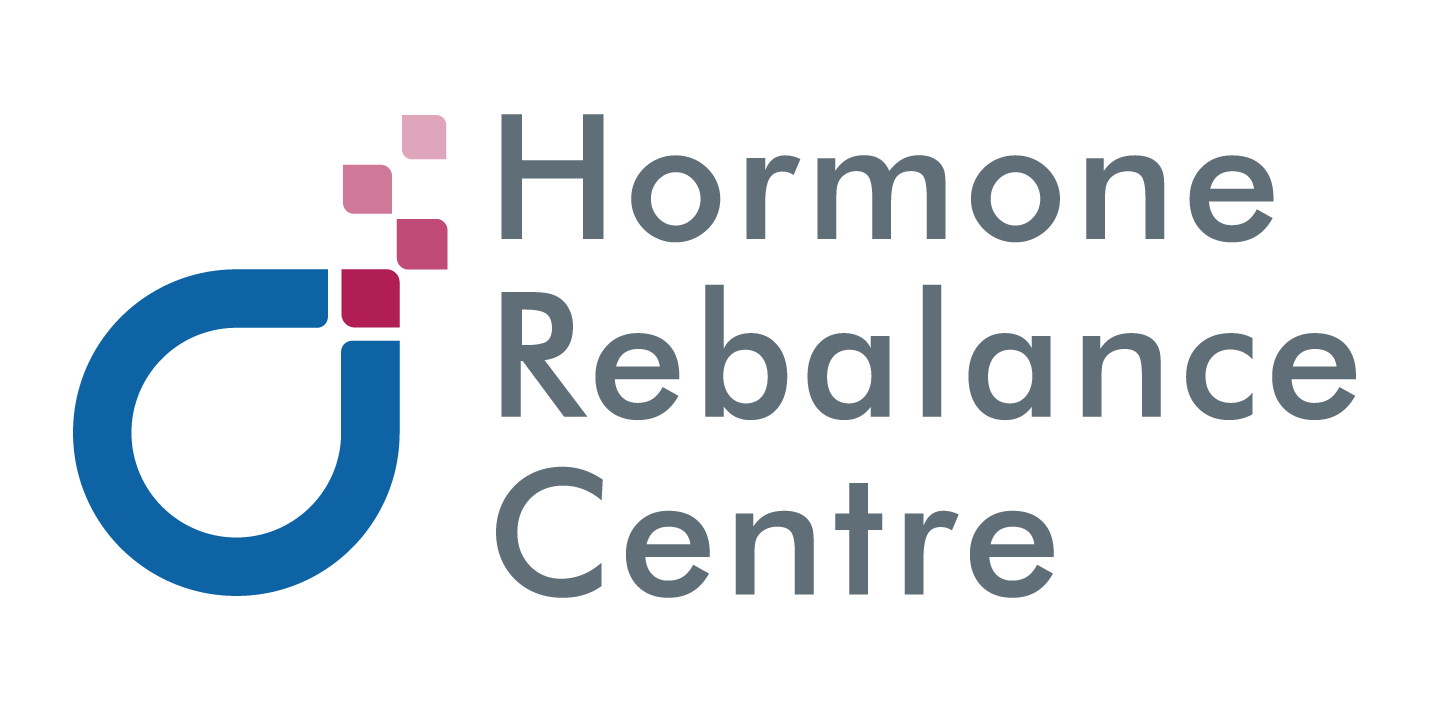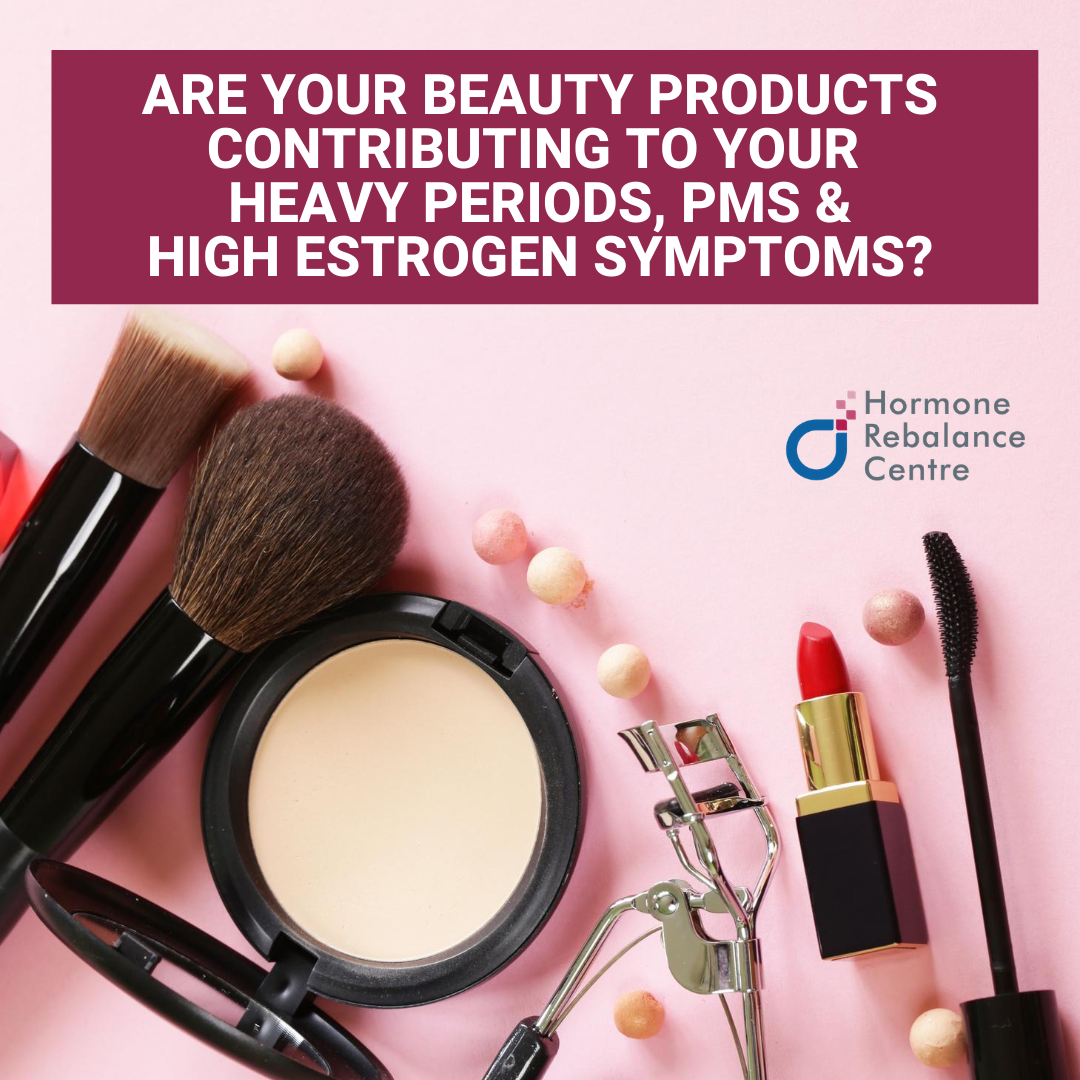Many of us have been there during our reproductive years. Heavy or painful periods, some PMS that continually gets worse over time, breast tenderness, cyclical bloating or water retention, or even more severe symptoms of excess estrogen such as fibroids, ovarian or breast cysts, endometriosis or adenomyosis.
At our Centre, we address these concerns all the time and most commonly when we test the hormone levels of women experiencing such symptoms, we find elevated levels of one or more of the estrogens that women have in their bodies.
The question is, why is there too much?
Sure, excess alcohol, poor diet, obesity and inflammation can all contribute to this, however women often undermine how strongly their environment and lifestyle decisions can contribute to their hormonal imbalances.
It’s possible that what you are experiencing here is the effects of xenoestrogens.
What are xenoestrogens?
Pronounced as “zeno- estrogens,” these are estrogen-like compounds that are found in the environment around us. They are in the products we use on our body like washes, lotions and face creams, they are in the plastic food containers we store leftovers in and they can also be on the food we eat in the form of pesticides.
Xenoestrogens are hormone mimickers and they can loosely bind our estrogen receptors and exert an estrogenic effect. This can cause estrogen-dominant symptoms that are listed above.
You may be wondering why xenoestrogens are bad if they are estrogen-like. Isn’t estrogen made in our body? Yes, estrogen along with progesterone are often referred to as the female hormones and are responsible for the monthly cycle, sex characteristics like breast development and wide hips and even location and type of body hair.
However, the healthy female body is designed to have highs and lows of estrogen and progesterone- after all this is the basis for the menstrual cycle. However, a constant exposure to xenoestrogens can disrupt that natural rhythm and lead to higher levels of estrogen than desired.
Become an Ingredient Investigator:
With so many influencers, bloggers, and skincare companies sharing the dangers of using ingredients like parabens and phthalates you may be feeling that there is a lack of reliable information. However, when you become informed about the various ingredients and their effects on hormonal health, you will be able to make educated decisions on healthier alternatives for your beauty routine.
You will become an ingredient investigator and be able to determine what products you want to add/remove from your daily routine. When you do begin to remove these ingredients from your daily routines, changes may begin to happen quickly. In this post, we would like to share some of the basic ingredients you should avoid and how you can do so in your everyday life!
How do you know if it’s your beauty products that are causing you grief?
At Hormone Rebalance Centre, we often have new patients complete urine testing for hormones and their metabolites. You can read more about our functional testing HERE. Many times when we test women’s hormone levels, we see that they may not necessarily struggle with excess estrogen production, yet they have elevated estrogen metabolites that have potentially come from external sources such as the xenoestrogens discussed here.
There are 3 types of estrogen that all have different levels of activity: E3, E2 and E1. E1 is often considered the most potent and most carcinogenic of the 3 estrogens. While it can be made in the body, the highest levels come from the metabolism of other estrogens or xenoestrogens in the body.
In a healthy body, all 3 of these estrogens are balanced, but in a body affected by xenoestrogens, it’s likely that E1 is elevated. The DUTCH test can determine the levels of all 3 types of estrogen in the body, and is a picture into how hormones, either those made in the body (endogenous) or those from ingredients in your environment are used and disposed of.
When 4-OH, an E1 metabolite, shows up as elevated, this is a clue to your doctor that you have too much of the “bad” estrogen in your body. These elevated levels can put you at a greater risk of cancer (specifically breast cancer) and various other hormonal related illnesses and the symptoms listed above. Any woman with elevated estrogen levels should be very mindful of how her beauty products might be contributing to this.
Here are a few common ingredients you want to avoid in your beauty products:
- BPA (Bisphenol A) has been used for many years to create plastic-like products and coatings. It’s commonly found in plastic packaging, fast food wrappers, to-go coffee cups, and may even be found in feminine paper products like pads and panty liners. This chemical mimics estrogen in the body and hence it can bind your estrogen receptors, activating them, and leading to symptoms of excess estrogen in your system. How can you avoid BPA?
- Check ingredient lists of your personal care products (see resources below)
- Look for products packaged in glass or those that are package free.
- Avoid using take away cups and packaging
- Choose organic, unbleached feminine paper products or switch to a silicone menstrual cup or period underwear.
- Phthalates. Pronounced with silent “ph,” phthalates are a common ingredient in fragrances and receipt paper. They are also found in body washes, nail polish and shampoos. Phthalates mimic estrogen in the body, just like BPA.. Want to avoid phthalates? Try these tips:
- Check ingredient lists of your personal care products (see resources below)
- Ask for emailed receipts when possible
- Look for nail polishes that are labeled “7 free”
- Consider saving your favorite perfume for special occasions rather than spritzing daily (more on this below)
- Parabens. These are a class of preserving ingredients that are used in very small amounts to keep beauty products free of microorganisms like mould and bacteria. Parabens directly influence estrogen levels and are easily avoided by checking ingredient labels for anything ending in “-paraben.”
- look for products that use alternative preservatives such as acids (lactic, citric etc.) These ingredients will occur lower on the ingredient list in products where they act as preservatives (as compared to products where they are the active ingredient)
- It is also wise to avoid methylisothiazolinone as it is an strong irritant used in place of parabens
- Look for “paraben-free” products and many brands pride themselves on avoiding them.
- Fragrances. Due to copyright laws, many beauty products are not required to list the ingredients that make up their characteristic scent. This means that your favorite body wash may list 15 ingredients on the package, including parfum or fragrance, but may in-fact have more than 100 ingredients when the components of the fragrance are included. Because of this law, we don’t know what could be lurking in the fragrance. It’s likely that fragrance ingredients include phthalates and other xenoestrogens. Want to avoid fragrances?
- Look for fragrance free alternatives and ensure they don’t include a masking fragrance often listed as “parfum” or “masking ingredients.”
- If you must have fragranced beauty items, look for items that are fragranced with essential oils or botanicals that are clearly named (NOT listed as “natural fragrance”)
- Consider switching the beautiful candles you like to burn during a relaxing bath for an essential oil diffuser
Put your beauty products to the test!
There are some great online and smart-phone based resources that you can use. These resources rate tons of beauty products based on their ingredient list and they offer alternatives that are suggested by other folks looking to avoid xenoestrogens.
- Environmental Working Group’s Skin Deep Website https://www.ewg.org/skindeep/
- Canadian designed thinkdirtyapp.com which can also be used on a smart-phone for quick checks during shopping
After reading this you may be thinking that you have to join an expensive essential oil company to find products that are safe for you, or maybe you’ve heard that natural or “clean” skincare isn’t as good as high end or drugstore brands or even that you have to visit health food stores to find healthy alternatives. None of this is true. While we are sharing the hormonal effects of xenoestrogens, it’s important to look at the bigger picture: What are you using and how often?
When it comes down to it, these so-called micro doses of estrogen don’t often make a major impact when used occasionally. Maybe you want to save your favorite perfume for that special date night. That’s ok! Keep using it and love it everytime you put it on! Perhaps you’ve found the perfect foundation and only wear it when you go out with girls. Keep on using it!
What matters most is the products that you are using everyday. Your shampoo, deodorant or antiperspirant, your body wash and body lotion, even how you pack your lunch and store your dinner! Consider making small and sustainable changes to your daily routine and save the unhealthy favorites for special occasions.
For additional tips on how to tackle estrogen dominant symptoms, beyond beauty products, read this blog post on 3 dietary interventions to tackle estrogen dominance.
If you think you might be dealing with symptoms of estrogen dominance and are interested in testing your hormones, or want more information on the health impacts of estrogen dominance and hormone disruption, call us at Hormone Rebalance Centre and we would be happy to help you on your journey to healthy, happy hormones!


No Comments